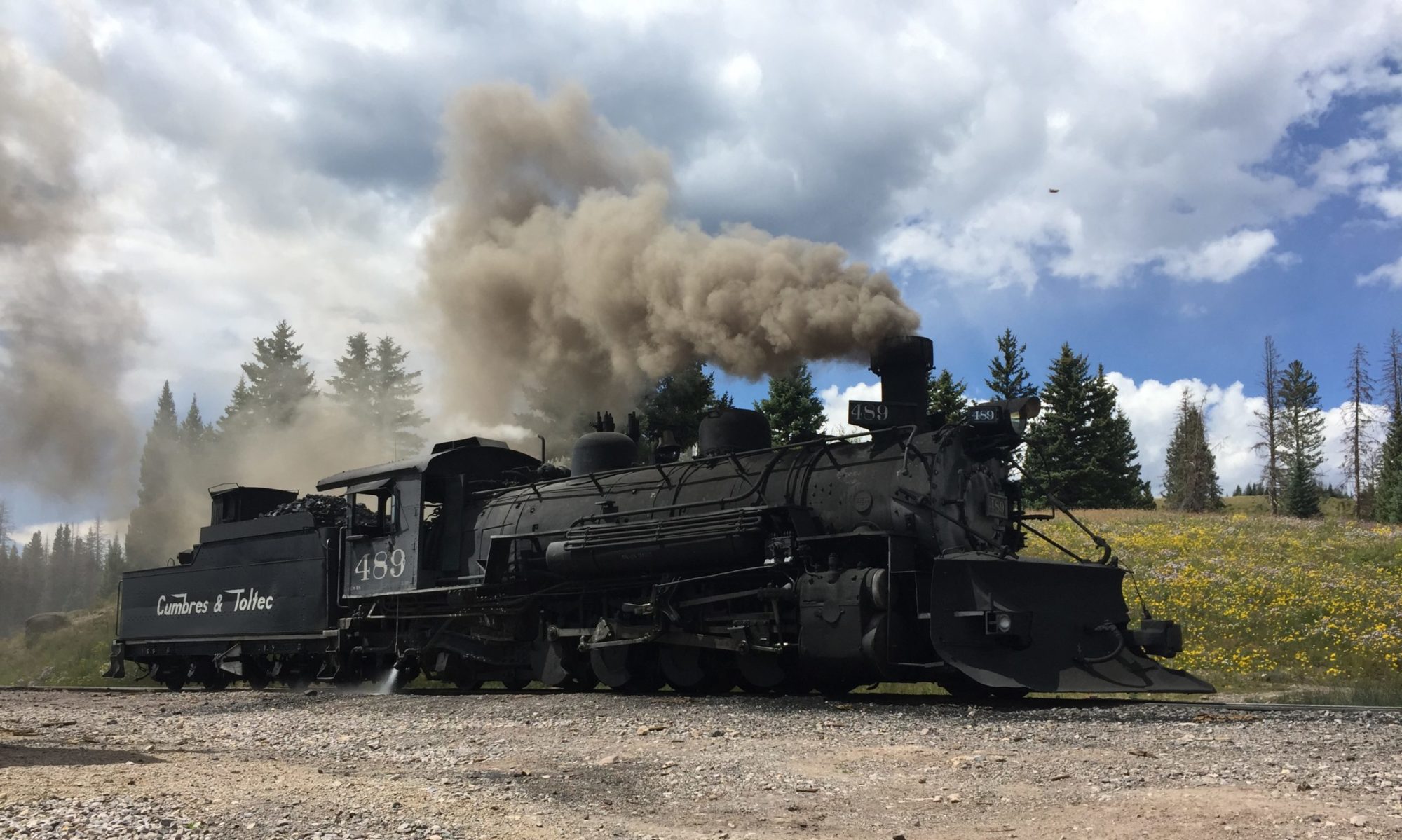Be patient, give yourself time to allow the glue or paint to dry, before you touch or move your project.
Use a pin or toothpick to apply glue. This will minimize the clean-up of excess glue at the joint.
Whenever possible, stain or paint your materials prior to assembly.
When soldering, heat the opposite side of the joint where you apply solder. This helps the solder flow into the joint and is drawn to the heat source. Make sure you use flux, and apply it where you want the solder to flow.
If using non DCC friendly turnouts, convert them before installing them. It’s a lot easier on the workbench than trying to do it after they’re installed on the layout. Ask me how I know.
I like to use latex caulk when installing cork roadbed rather than wood glue. It remains flexible and aids in noise reduction. Wood glue and white glue dry hard and tend to transmit sound through to the benchwork. I also use latex caulk when laying flex track for the same reasons. For gluing ballast, I use diluted matte medium. This stays slightly flexible and also aids in noise reduction.
